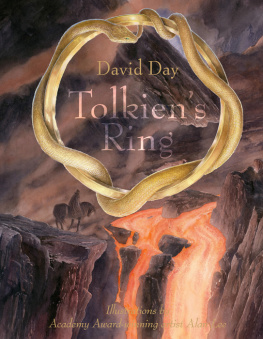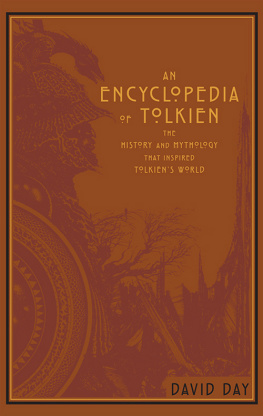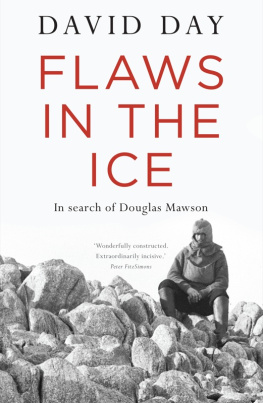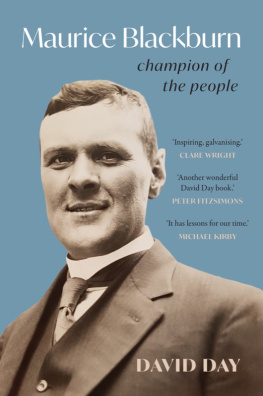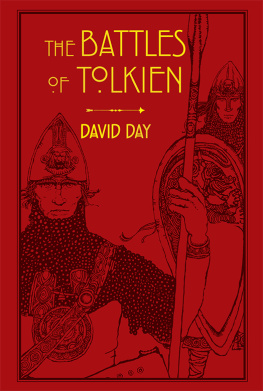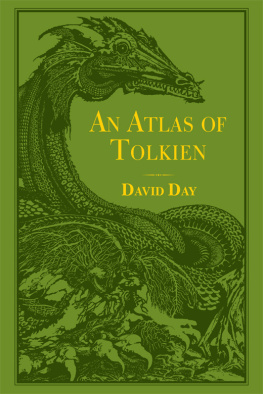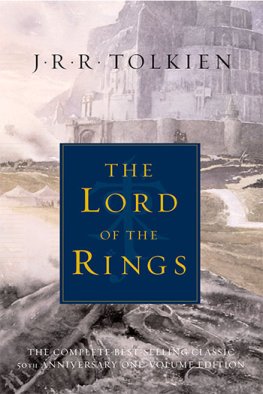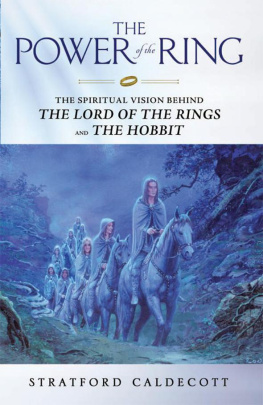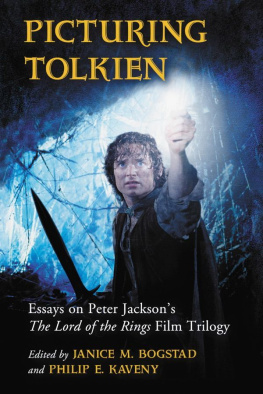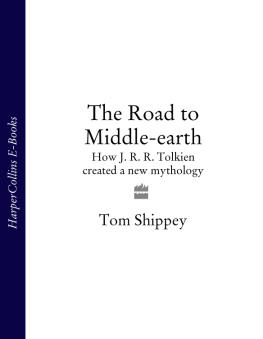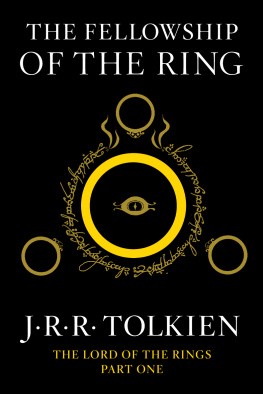
www.anovabooks.com

DAVID DAY is the author of A Tolkien Bestiary (which has sold over a million copies in twenty languages since its publication in 1979), Tolkien: The Illustrated Encyclopedia, The Hobbit Companion, Tolkiens World, as well as The Quest For King Arthur and Castles (also illustrated by Alan Lee). He has always been fascinated by the vast complexities of Tolkiens mythology, particularly in the light of the many posthumously published Tolkien manuscripts. David Day has also published more than thirty other books in the fields of ecology, poetry, natural history, fantasy and mythology as well as a number of award-winning childrens books.
ALAN LEE was born in Middlesex in 1947. He attended the Ealing School of Art, specializing in illustration, and has illustrated a wide range of books, including Faeries (with Brian Froud), The Mabinogion, Castles, Merlin Dreams and Black Ships Before Troy, the story of The Iliad. He is also the creator of the hugely successful and extremely beautiful, illustrated edition of The Lord of the Rings. Alan Lee was awarded the Kate Greenaway Medal for Childrens Book Illustration in 1993. In 2004 he won an Academy Award for Best Art Direction for his work on the third film in The Lord of the Rings trilogy, The Return of the King.

The contents page, websites and page references have been hyperlinked throughout this edition.
First published as an eBook in 2012
This edition was published as a hardback in the United Kingdom in 2011 by Pavilion Books
An imprint of Anova Books Company Ltd
10 Southcombe Street, London W14 0RA
Anova Books Company Ltd
First published in hardback by Pavilion Books in 1999
Text David Day 1994, 2011
Illustrations Alan Lee 1994
Originally published in 1994 by HarperCollins Publishers
The moral right of the author and illustrator has been asserted.
All rights reserved. No part of this publication may be reproduced, stored in a retrieval system, or transmitted, in any form or by any means, electronic, mechanical, photocopying, recording or otherwise, without the prior permission of the copyright holder.
First eBook publication 2012
eBook ISBN 978-1-90910-849-3
Also available in hardback
Hardback ISBN 978-1-86205-927-6
www.anovabooks.com
To Robin and Sylvia Skelton

CHAPTER ONE

TOLKIENS MIND
T olkiens Ring is a kind of literary detectives casebook that amounts to an investigation of the imagination of J. R. R. Tolkien. In Tolkiens Ring we will look into Tolkiens sources of inspiration for his epic fantasy novel, The Lord of the Rings. In this investigation, the symbol of the Ring is of primary importance. Through understanding its meaning and significance, we can begin to understand how Tolkiens The Lord of the Rings is the result of an ancient story-telling tradition that dates back to the dawn of Western culture.
Tolkien once described how the discovery of the Ring in an Orc cavern by Bilbo Baggins was as much a surprise to the author as it was to his Hobbit hero. Tolkien knew as little of its history as Bilbo Baggins did at that time. He also explained how it grew from a simple vehicle of plot in The Hobbit into the central image of his epic tale The Lord of the Rings. Just as Tolkiens Wizard Gandalf set out to discover the history of the Hobbits Ring, so in this book we will search out the history and descent of Tolkiens Ring.
Just how did this Ring come to be so casually discarded in the caverns of Tolkiens mind? The truth is Tolkiens Ring had its origin in a tradition of ring quest tales that came into being before the pyramids of Egypt were built, or the walls of Babylon were raised. While the glorious civilization of Greece and the mighty empire of Rome rose and fell, that tradition lived on. It survived the fall of the pagan gods; and the rise of Buddha, Mohammed and Christ.
Although the ring quest tradition first came into being among tribal peoples long before written records were kept, this does not mean we have no idea of what early forms it took. Remarkably, in the twentieth century, the symbolic rituals of the ring quest remain intact in one of its most elemental forms among the nomadic tribes of Lappland and Siberia. Anthropologists living among the shamanic Lapplanders this century have frequently recorded the ritual enactment of the ring quest.
In this ceremony the shaman or wizard of the tribe places a brass ring on the head of a sacred drum. The designs and markings on the skin of the drum are essentially a cosmic map of human and spirit worlds. The shaman begins to chant and gently tap the rim of the drumhead with his drum hammer, making the ring move and dance. The rings progress is the journey of the human soul. As the ring moves around the cosmic map, the shaman sings the tale of the souls perilous journey through the human and spirit worlds.
Tolkiens Ring attempts to link the bookish Oxford don who was J. R. R. Tolkien and that wild tribal shaman to a single tradition spanning more than five thousand years. Tolkien tapping away on his typewriter keys as the wandering soul of his Hobbit hero moves and dances to its pulse is not unlike the shaman tapping his drum. Nor is the journey of Tolkiens Ring across the map of Middle-earth essentially unlike the journey of the shamans ring across the drum map of his human and spirit worlds.
In his The Lord of the Rings, J. R. R. Tolkien awoke something deep in human consciousness through the universal language of mythic images drawn from the early history of mankind. His epic tale made him the heir of an ancient storytelling tradition that used the common symbolic language of myth to create the largest body of invented mythology in the history of literature.
In tracing the sources of Tolkiens Ring, we open to an audience an appreciation of the world of myth and legend from which Tolkien drew his inspiration. The richness of this heritage is evident in his tales and his vast mythological structures. Tolkien was deeply committed to the study of the ancient wisdom of the human soul as preserved in myth and legend.
I am interested in mythological invention, and the mystery of literary creation, Tolkien once wrote in a letter to a reader. I was from early days grieved by the poverty of my own beloved country: it had no stories of its own, not of the quality that I sought, and found in legends of other lands. There was Greek, and Celtic, and Romance, Germanic, Scandinavian, and Finnish; but nothing English, save impoverished chap-book stuff.
This was Tolkiens life ambition. So great was this obsession that it could be argued that the undoubted literary merits of Tolkiens epic tale of The Lord of the Rings were almost a secondary concern. Important as the novel is, any analsis of Tolkiens life and work makes one aware that his greatest passion and grandest ambition were focused on the creation of an entire mythological system for the English people.

